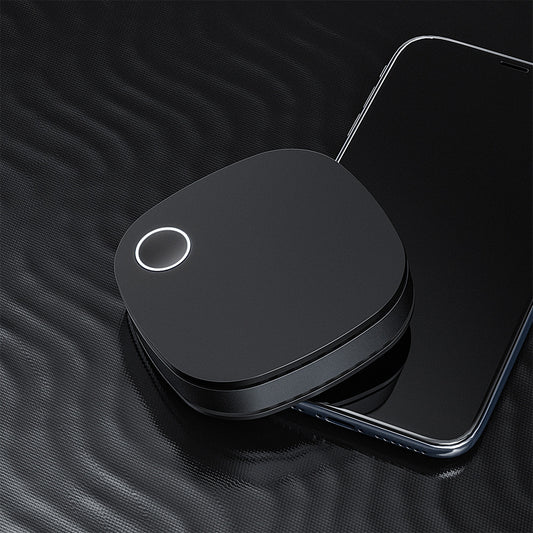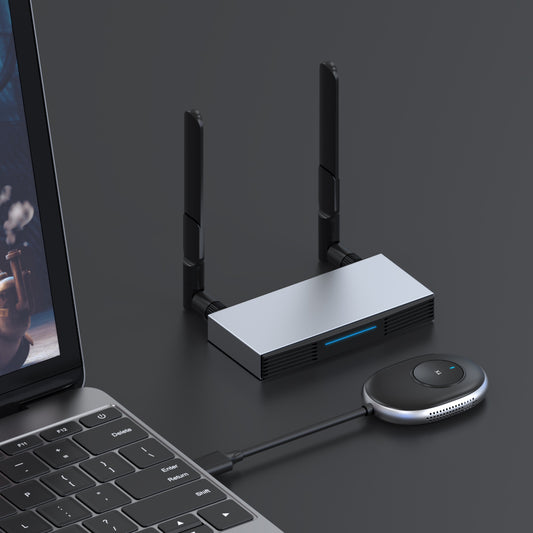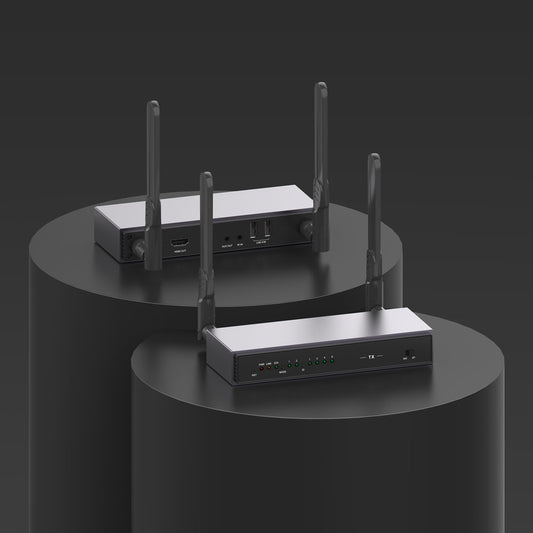
What Is HDR, And How Does It Improve The Video?
High-dynamic range, or HDR, can take the picture on your TV to a whole new level. It is present in almost all of the top TVs, including many affordable, midrange, and high-end versions. You'll experience brighter highlights, higher contrast, and deeper, more accurate colours on a high-quality TV that shows true HDR TV shows, movies, and games. Simply put, the entire image is more realistic.
TVs are not all made equal, either. And just because a TV is advertised as a "4K HDR," it doesn't necessarily indicate that its performance will improve. But HDR is not only for televisions. This technology is being used by many contemporary PC monitors, which implies that some of your favourite PC games will have better contrast and colour.
High Dynamic Range: what is it?
High Dynamic Range is a technique for displaying video with increased luminance, contrast, and colours. The ability of a monitor to display a wider variety of colors and contrast than an SDR (Standard Dynamic Range) display is referred to as this capability.
Simply put, HDR content on HDR-compatible TVs can show more shades of grey in between and brighter and darker contrasts (assuming the TVs have panels that can handle the signal's brightness and contrast levels; some low-cost TVs will accept HDR signals but won't significantly improve upon non-HDR signals). They can also create reds, greens, and blues that are darker and more vibrant while also producing a wider range of tones in between. Deep shadows are more than just pitch-black holes; more details can be made out when the scene is still quite dark. Bright images are more than merely sunny, colourful photographs; the finest details on the brightest surfaces are still discernible. More colour hues can be seen in vivid items than in just saturated colours.
Brightness, contrast ratio, colour gamut, and resolution parameters all matter significantly in HDR. This necessitates a screen with the ability to display that greater range of brightness and colour, as you might think, and that's when the HDR function starts to be advantageous.
How does HDR work?
"Metadata" is a concept that explains how HDR material works its magic. An HDR TV receives instructions from this metadata, a type of embedded signal information, on how vivid and colourful each scene should be. Because of this, video creators may drastically enhance contrast and brightness as well as, perhaps more importantly, optimize their work to look their best on the TVs that viewers really own.
You will need an HDR-capable display first and foremost. The majority of contemporary televisions support some variation of HDR technology, which is currently being incorporated into televisions at a rapid rate.
You'll need an HDR source in addition to the display, which is typically referred to as the media giving the image to the display. The source of this image could be anything, including a video streaming service, a suitable Blu-ray player, or a computer or gaming console.
Keep in mind that HDR needs extra color data from a source to work properly. Even if your display is HDR-ready, you won't be able to see the image on it or enjoy the advantages of HDR. It's comparable to resolution in this way; even if you're using a 4K monitor, if you're not displaying a 4K image, you won't see a 4K image.
Is Photo HDR and Video HDR the same thing?
We refer to two different objects by the same name. HDR in photos and HDR in videos are not the same.
The new method of displaying video content on TV or video with higher brightness, colour, and contrast is fascinating. Both the display and the content are necessary to do it.
In contrast, photo HDR uses multiple independent photos to generate a single completed image by combining them and extracting the best elements from each.
All in all, to optimize the dark and bright areas of an image, photo HDR involves taking multiple photos and bracketing them for the dark and light ends before merging the two together.
Dynamic range, also known as the contrast ratio between a scene's darkest and brightest areas, is what video HDR is all about. The exhibited video content contains more luminance, color, and contrast. To do this, the display and the content work together.
What HDMI cable do I need for HDR?
Truthfully, it's a tricky question. Purchase from trustworthy merchants, and confirm the cable's specifications. Contrary to popular belief, cable makers almost never inflate their specifications since the risk is not worth it. There is a 99% likelihood that an HDMI 2.0 premium cable will offer the full 18Gbps speed.

The 2.0 a and b criteria will likely be met by any cable with a high-speed certification. To put it another way, all High-Speed cables need to perform fairly similarly regardless of the certification rules in place at the time a cable was certified.
However, not all High-Speed HDMI connections properly broadcast 4K at 60 frames per second with HDR, despite the fact that this is the intended capability of all of them.The longer a cable has been in use, the more likely it is that it has a defect that prevents 4K HDR performance. Cables deteriorate over time. Cheap cables have a higher likelihood of wearing out more quickly.
Additionally, not every cable is made to the same high standards. While some cables significantly outperform the certification version that was in effect when they were certified, others only pass it. In 2010, when High-Speed cables were tested at version 1.4, a cable that barely passed certification testing would not be able to transmit 4K resolutions at 60 frames per second.
If you want to learn more about HDMI 2.0, you can move on to another article:
Does HDR work well for gaming?
HDR has a growing presence in PC gaming as well, even if the majority of the HDR conversation is focused on televisions and console games. Many games make use of the wider color range of HDR and there are HDR gaming screens. Even said, HDR isn't frequently utilized in PC gaming. Justification for not One reason for this is because LCD screens made for fast refresh rates and responsiveness aren't necessarily compatible with high-end HDR. It is not a characteristic that is frequently seen in "rapid" game displays.
However, if you want a game monitor that supports HDR, you have options. Similar to HDR on a television, HDR on a PC requires both a display that can support it and a GPU that can render the game using the additional colour and brightness information.
Then, which GPUs support HDR? The good news is that most modern gaming GPUs accomplish this. As long as your display is compatible and your operating system is configured properly, you should be able to use HDR on your gaming computer.

If you want to enjoy the display of HDR during screen mirroring, fortunately, ProScreenCast SC01 supports HDR, which is one of the few Miracast dongle that supports HDR on the market. With it, you can get rid of the cable and enjoy colorful videos and pictures in the process of casting. At the same time, it also supports 5G to avoid your signal loss.








